
 Photos © Ruud Leeuw
Photos © Ruud Leeuw

 Photos © Ruud Leeuw
Photos © Ruud Leeuw
|
This is Douglas C-49H CF-PWH (c/n 2198) "Spirit of the Skeena" and is actually owned by the Friends of the DC-3 Canada, who recovered it in 1987 from Terrace,BC where it had been used as a spares ship by Trans Provincial Airlines and subsequently abandoned. This Classic Airliner was originally built for American Airlines and delivered in Feb.1940. It is the oldest surviving DC-3 in Canada!!! Douglas DC-3's with the (passenger)door on the righthand side of the aircraft are rare; PWH has no cargodoor. |
  |
 Restoration by the Friends of the DC-3 (Canada) group started in 1986 and Sean Keating was involved in this; he sent me some photos and recollections, follow this link for his gallery on my website.
Restoration by the Friends of the DC-3 (Canada) group started in 1986 and Sean Keating was involved in this; he sent me some photos and recollections, follow this link for his gallery on my website. |
|
In Dec.2006 I received following email- But Sean Keating disagrees on the likelyhood of it being CF-PWH: |
See bottom page for an update on the preparations to move the DC-3 and the entire museum! |
 This Beech is an Expediter 3NMT and its last tailnumber was/is CF-CKT (c/n A-782 / CA-180).
This Beech is an Expediter 3NMT and its last tailnumber was/is CF-CKT (c/n A-782 / CA-180).It is former military 2307 and was airlifted here in 1984. More can be learned from the museum's website: www.canadianflight.org |
 My visit was somewhat rushed here... I had lost time earlier that day finding Delta Airpark at Boundary Bay and had to fight my way through traffic to get to Langley.
My visit was somewhat rushed here... I had lost time earlier that day finding Delta Airpark at Boundary Bay and had to fight my way through traffic to get to Langley. So I arrived here at 15:30, only to find that they would be closing at 16:00! So I concentrated on the displayed aircraft outside and fortunately the friendly staff allowed me some extra time to thoroughly photograph their splendid DC-3. But for the items displayed inside I had no time except a quick photograph of this Waco. Well, it is always best to explore a museum, I find, in a series of visits so no doubt I will be back here. And there is an excellent Greek restaurant here at the airport: another reason for a revisit! Here is some info on the Waco from the museum's website: Serial: 4646, CF-CCW - Manufactured: 1937 - Powerplant: 330 hp Jacobs L-6MB The Waco (wah-co) series of four-seat cabin biplanes were initiated in 1931 and were produced continuously in progressively refined models until 1939. Serial 4646 was manufactured in 1937 at Troy, Ohio as a ZQC-6 model (285 hp Jacobs L-5MB engine) but was converted to an AQC-6 (330 hp Jacobs L-6MB) in 1947. Purchased new by the Department of National Defence, Ottawa, it was operated by the Department of Transport until 1949, when it was moved out to the British Columbia Coast. It was operated by B.C. Airlines, then by a logging company. Dr. Jack Pickup of Alert Bay was the next owner, who acquired the airplane in 1953 and routinely used it as a "flying doctor" float plane. During its long career it suffered several landing accidents. It was donated to the Canadian Museum of Flight in 1980 by Dr. Pickup and is currently undergoing a complete restoration. This aircraft was donated on floats, but for the Museum's purposes, it will be restored on wheels. The first test flight in over 30 years happened on February 13th, 2002 after a twenty year restoration done by the volunteers at the Canadian Museum of Flight. |
|
The following information on the Harvard was obtained through the Museum's website: One of the museum's most impressive artifacts is a North American Harvard Mk II, donated by Dr. Gordon Potter. It is one of the Canadian built Mk. IIB models, built by Noorduyn Aviation in Montreal. The original civil registration was CF-MGI for many years. C-FGME has been on Langley field for about 8 years, and Dr. Potter purchased if from previous owner Brian Beard. In the mid-1980's the Harvard had belonged to Dr. Rolf Yri who used the call letters YRI. It went to the U.S. for a short time before being brought back to Canada. The letters YRI are still located on the side of the plane. |
| Later this trip I had a brief opportunity to revisit this museum with some new-found friends, but lunch, lovely sunshine and good conversation (much was aviation folklore..) kept me from visiting the exhibits. Fond memories are associated with this museum and I am sure I will be back... --> see below! |
CANADIAN MUSEUM OF FLIGHT, REVISITED 07SEP2010 |
John Stewart sent me this photo, of CF-PWH in better days: |
 Beech Expediter 3NMT a CF-CKT (c/n A-782 / CA-180) hasn't changed much either, which is a good thing. Beech Expediter 3NMT a CF-CKT (c/n A-782 / CA-180) hasn't changed much either, which is a good thing. |
|
|
 |
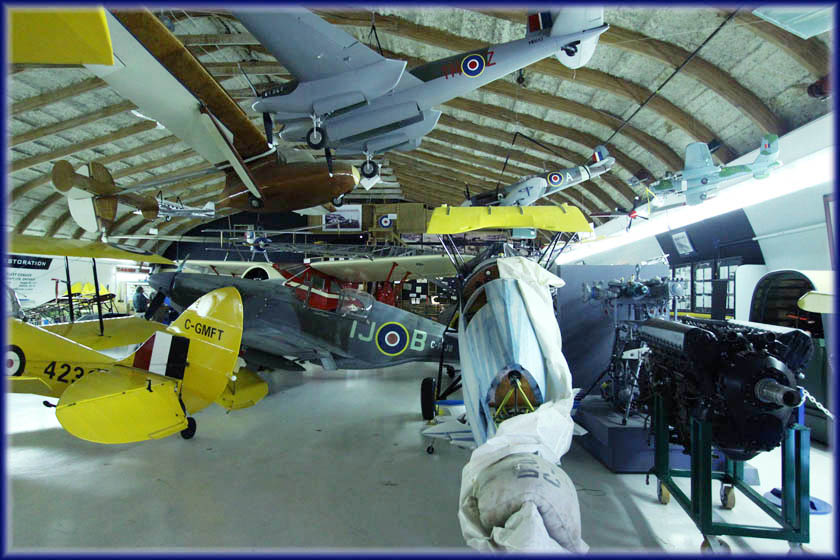 |
 |
 Replica Mustang MJ-7-G C-FIJB (c/n 34), Replica Mustang MJ-7-G C-FIJB (c/n 34), Manufacturer I.J. (JACK) BAPTISTE in 1981; reg'd to Museum of Flight 08Aug08. |
|
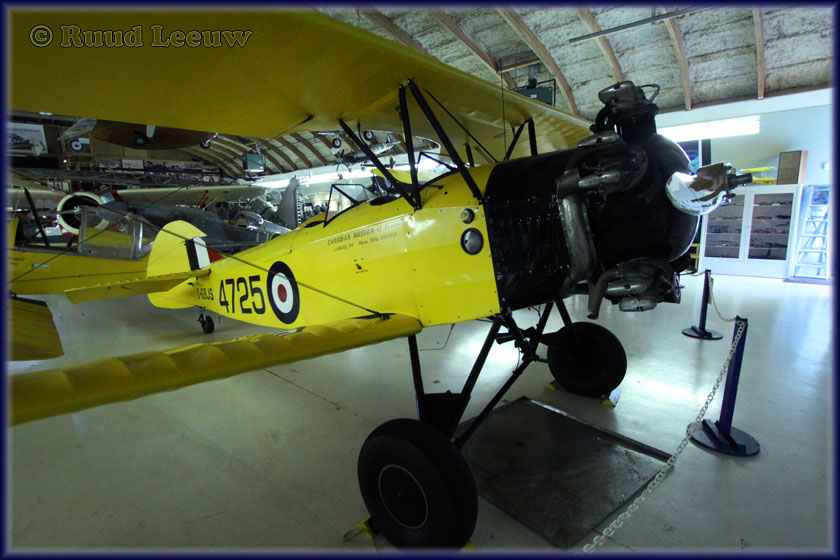 |
 '4236' is De Havilland DH.82C Tiger Moth C-GMFT '4236' is De Havilland DH.82C Tiger Moth C-GMFT
|
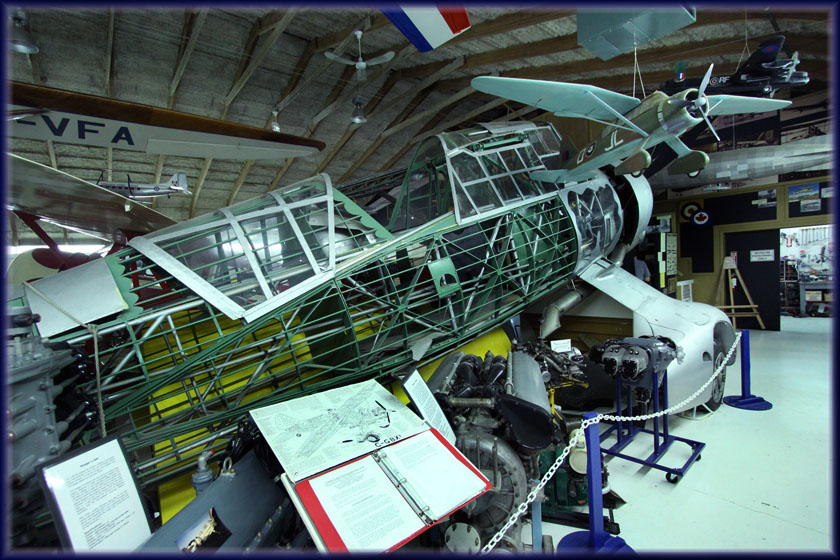 Westland Lysander Mk.IIIA C-GBXL (c/n 1194) |
 |
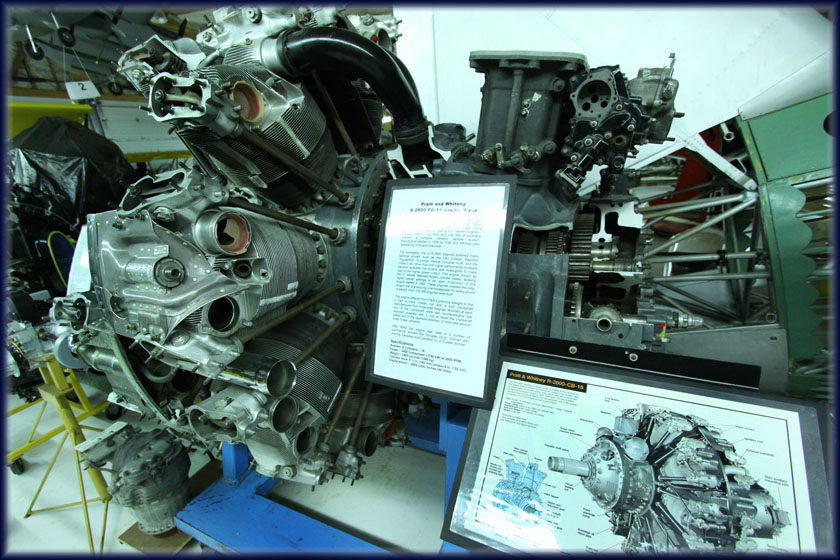 Pratt and Whitney R-2800 CB-16 Double Wasp From Wikipedia, the free encyclopedia: The Pratt & Whitney R-2800 Double Wasp is a two-row, 18-cylinder, air-cooled radial aircraft engine. The R-2800 is considered one of the premier radial piston engines ever designed and is notable for its widespread use in many important American aircraft during and after World War II. After the war the engine was used in a number of commercial aircraft: Douglas DC-6, Convair 440 and the Canadair CL215 waterbomber. |
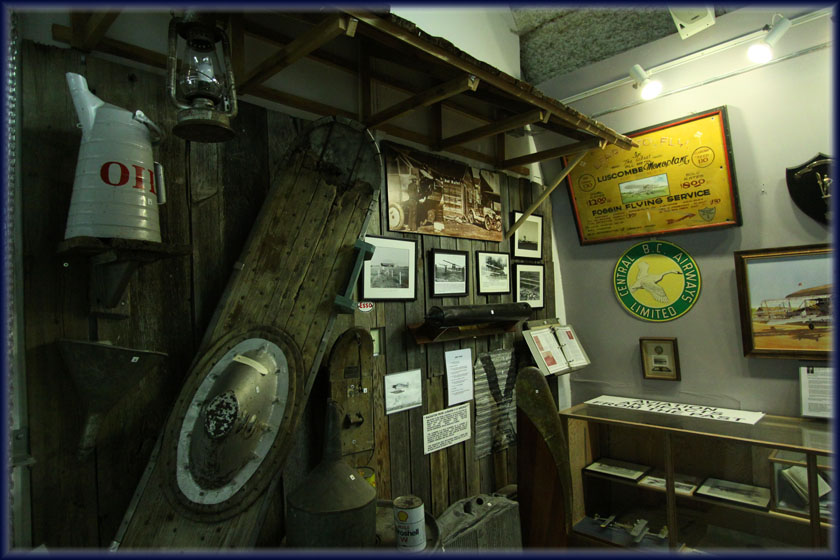 |
 |
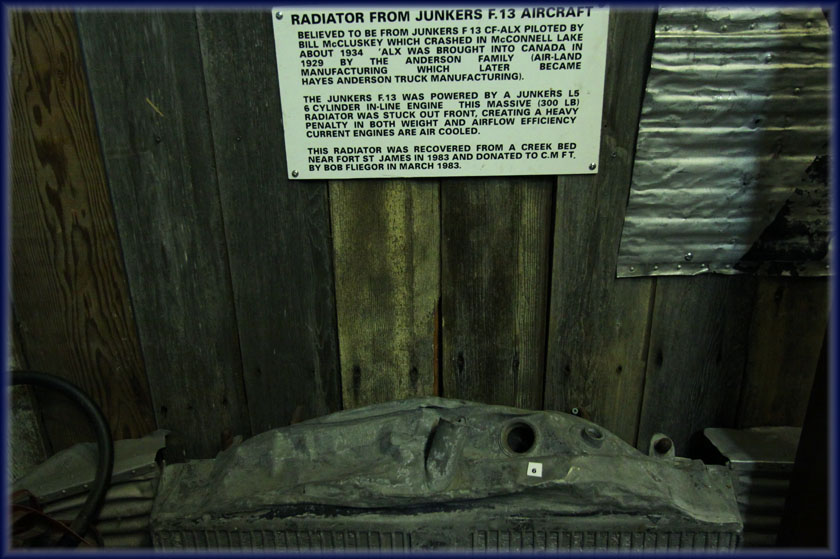 |
 |
Western Canadian Museum of Flight's 1936 Waco EQC-6 CF-CCW (c/n 4646) 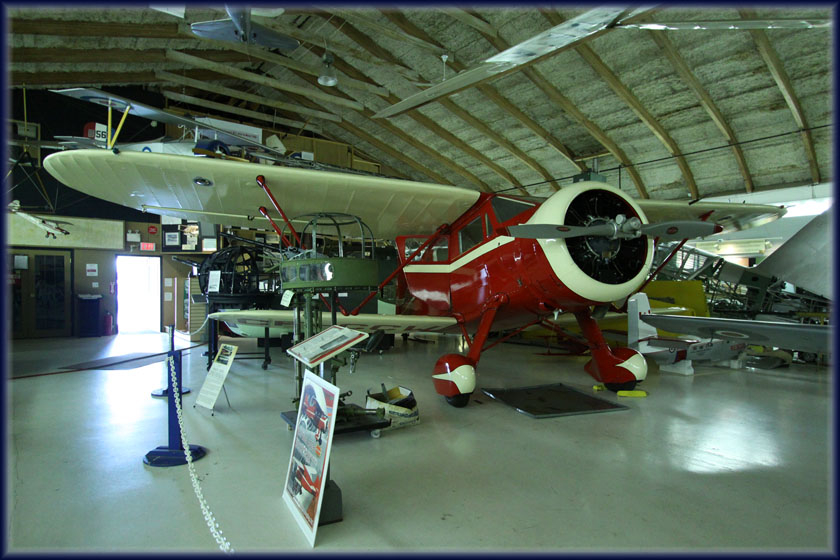 |
Restoration of Fleet 80 Canuck C-FHOU (c/n 220) 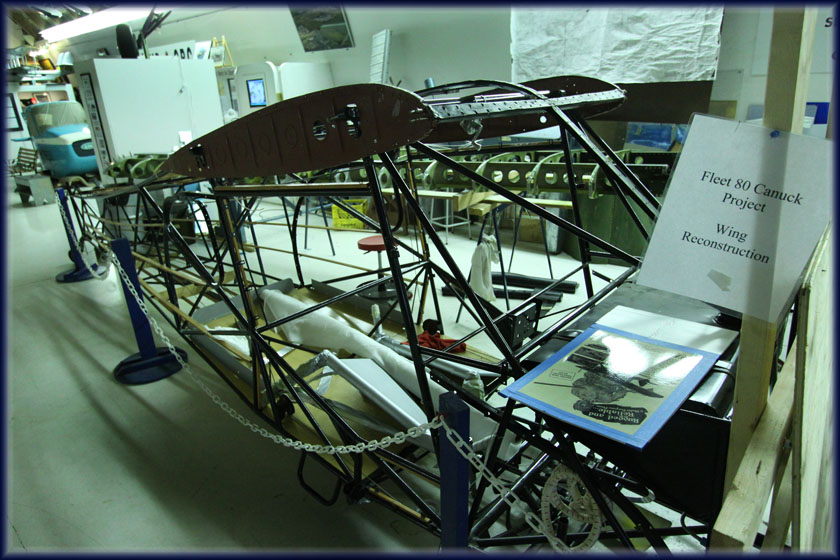 |
 |
 The Harvard 2 CF-GME (c/n 07 144) has the following information on the Transport Canada website: Manufacturer: Noorduyn Aviation Ltd. in 1941 - Type of Registration: Private - Owner Registered Since: 1996-10-17 / Latest Certificate of Registration Issued: 2003-10-10 and Owner's Name: Canadian Museum of Flight Association. |
Ken Swartz forwarded me ((Nov.2024) a link and info on a possible relocation of this museum. "This article probably answers the question of what’s going to happen with the Canadian Museum of Flight’s propliners: Lockheed 18 CF-TCY, DC-3 (DST) CF-PWI, and DHC CS2F Tracker/Firecat CF-OPU. The DC-3 and Tracker/Firecat are at Langley Airport and the Lockheed 18 is at Abbotsford Airport." www.theprogress.com/news/bc-based-canadian-museum-of-flight-to-move 'After an unsuccessful attempt to find a new location at the Langley airport, the museum will be moving to Pitt Meadows.' 'Mike Sattler, a Canadian Museum of Flight Association director, told the Langley Advance Times the extra space is needed to accommodate a growing collection of aircraft and aviation-related exhibits at the non-profit, volunteer-driven institution. "We really wanted to stay there. It's been our home for the last 20-something years. But then we realized that the museum was changing [becoming] something that was a little bit bigger than we had imagined." Sattler said it will probably take about five years to complete the relocation, and it won't be cheap. "Just to move the aircraft [alone] to Pitt Meadows is going to be just under $1.5 million." Jan.2025 update:
|
Continue my 2010 journey in the Greater Vancouver area and Vancouver Island HERE... |
 "North American Survivors" by Roy Blewett (Gatwick Aviation Society, 2005) is an excellent handbook to take out on the road or use at home as a reference guide.
"North American Survivors" by Roy Blewett (Gatwick Aviation Society, 2005) is an excellent handbook to take out on the road or use at home as a reference guide. It offers status and information on vintage transports (both propellor and jets) and are listed by Canadian and US States; there are three appendixes covering aircraft in Mexico, a listing of extant Beech 18s and “US Army Air Force Skytrains and Skytroopers; where are they now?”. The book is in easy to use A5 format and fits easy in any size of bag. The 358 pages offer a huge amount of information and is of great use in planning a trip to N.America. I hope others will follow in the example set by this book.
In 2011 a 2nd edition was published, fully revised and now also including monuments, by Air-Britain (Historians) Ltd. |
|